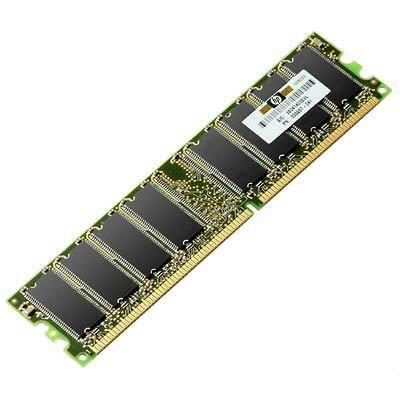How to Choose Ddr Memory

DDR stands for double data rate and is a type of memory device used in computer systems. It offers twice the processing speed than the ordinary SDRAM (single data rate random access memory), without any change in the clock frequency. These days there are many versions of DDR memory available in the market such as; DDR1, DDR2, and DDR3. So an average computer user can get confused when making a decision about the choice of memory.
Increasing the RAM of the computer is one of the easiest ways to boost the speed of the system. Installing additional DDR ram will lead to less booting and shutting down time, and will improve the performance of running applications.
A memory card is installed on the motherboard of your computer, so first of all you will have to find out the make and model of your motherboard and then research on what types of RAM modules it can support. Moreover, each motherboard has a limit to the capacity of the RAM it can handle. Some mother boards can handle up to 4 GB of ram while some others can support up to 8 or 16 GB.
Instructions
-
1
Find out the size of the RAM already installed on your computer. Turn on the computer and click start icon on the bottom left corner of the screen. Right click on ‘My Computer’ icon in the second tier of the popup menu and click properties. A small information panel will open up; it will display the name and type of operating system installed on your computer. It will also show you the amount of Ram currently installed on the system.
-
2
Decide on how much an upgrade do you need for the system. For most users 4GB is enough; however, some hardcore gamers or developers may require as high as 8 GB for smooth running of their software applications.
-
3
There is another limiting factor which is put by the operating system. If you are using a 32-bit operating system, then your system can only support up to 4 GB of ram. So if you want to cross the 4 GB mark, you will have to upgrade the operating software to 64-bit first. Some operating systems may not have a 64-bit version available, or some others have their own unique set of limits, for example Microsoft Vista only supports 3.5 GB of ram. Moreover, the new DDR ram should match in frequency with the already installed one, or it will give rise to compatibility issues.







